The Indian Army's infantry modernization is faltering. There appears that between what the forces claim to want, what the MoD understands of it, and what the state-run research laboratories are capable of delivering (and their disconnect with how things are done across the world, so essentially leading to reinvention of the wheel at every possible step), the Army is simply not getting the gear it deserves and this circus has gone on long enough, simply put.
The basic things that an average infantry soldier of any other country (or at least those in similar economic conditions as us) would probably take for granted, like reasonably modern helmets for example, are being treated as the holy grail of procurement and it's truly sad to see that we are having to make a huge deal out of procurement of such basic stuff which most of the world had equivalents of some 10-20 years ago.
Where is this procurement paralysis coming from? When did it start? They say a picture speaks a thousand words: let's see how much the following images can convey:
These are troops of the Irish Guards regiment of the British Army, photographed circa 1975 on a deployment in Germany. Back then, like now, Britain was a first-world country and a developed economy with a lean army (not a manpower-bloated force). Note their gear:
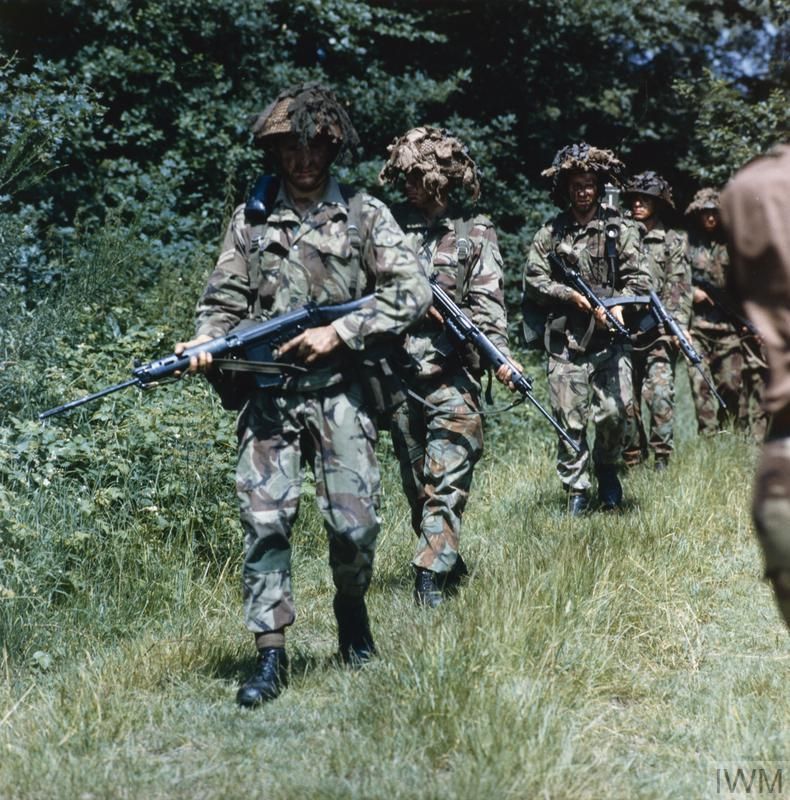
Your usual stuff: L1A1 SLR rifle, Sterling SMGs, and helmets typical of the era.
These are Indian troops from the 1971 Bangladesh Liberation War:
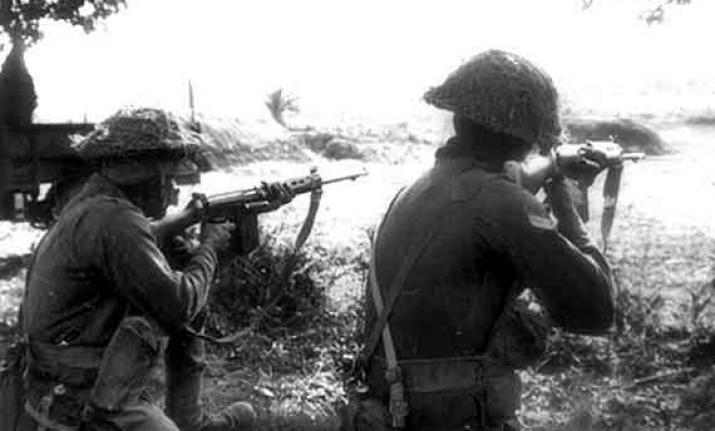
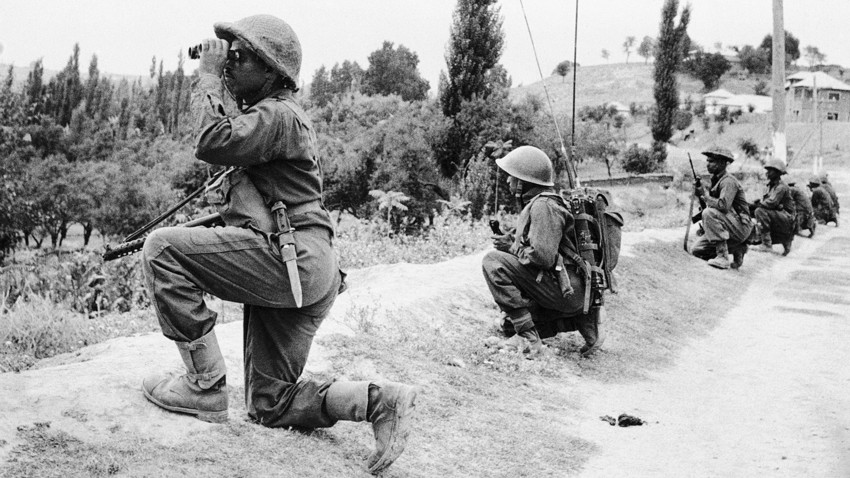

What do you see? The same weapons (SLR, Sterling etc. locally manufactured), pretty much same helmets and even same webbing as the British troops of that period.
For additional measure, Australian troops of that time period:

West German (left):
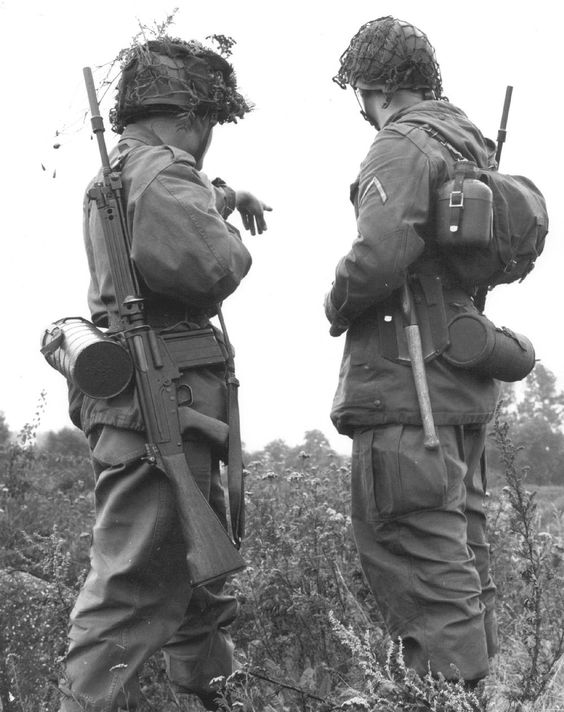
In short, back in the 70s, the gear & equipment of the average Indian infantry soldier was pretty much on a par with that of most first-world countries. Cut to present day.....there is a gap so huge it is unfathomable. This is the British Army of today:
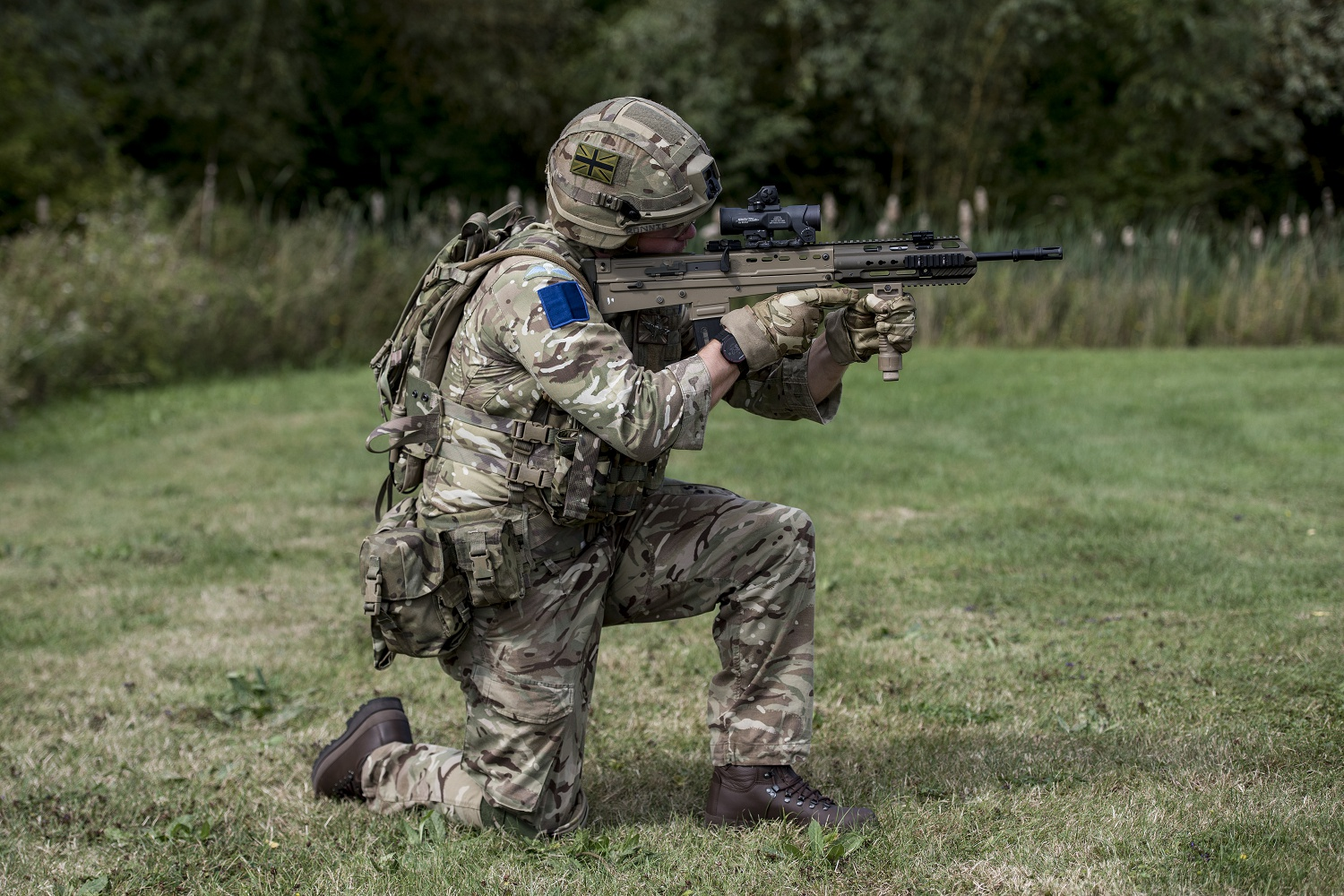
This is the average Indian infantry soldier of today; do not be fooled by some of the fancy gear they sometimes sport in international exercises and/or many of the ad-hoc purchases made at the battalion/regimental level based on individual's or unit's choice:
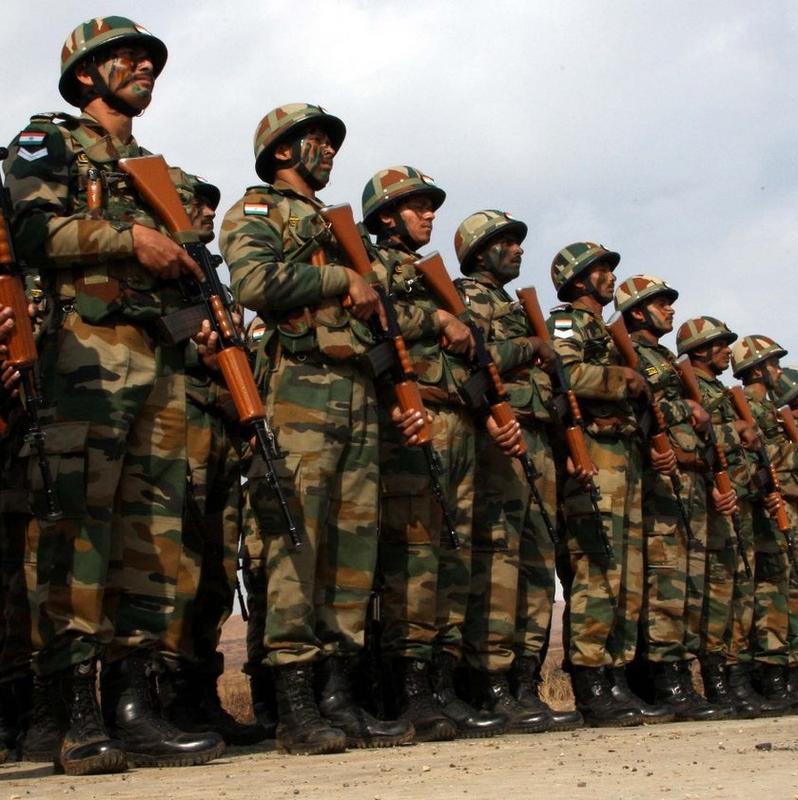
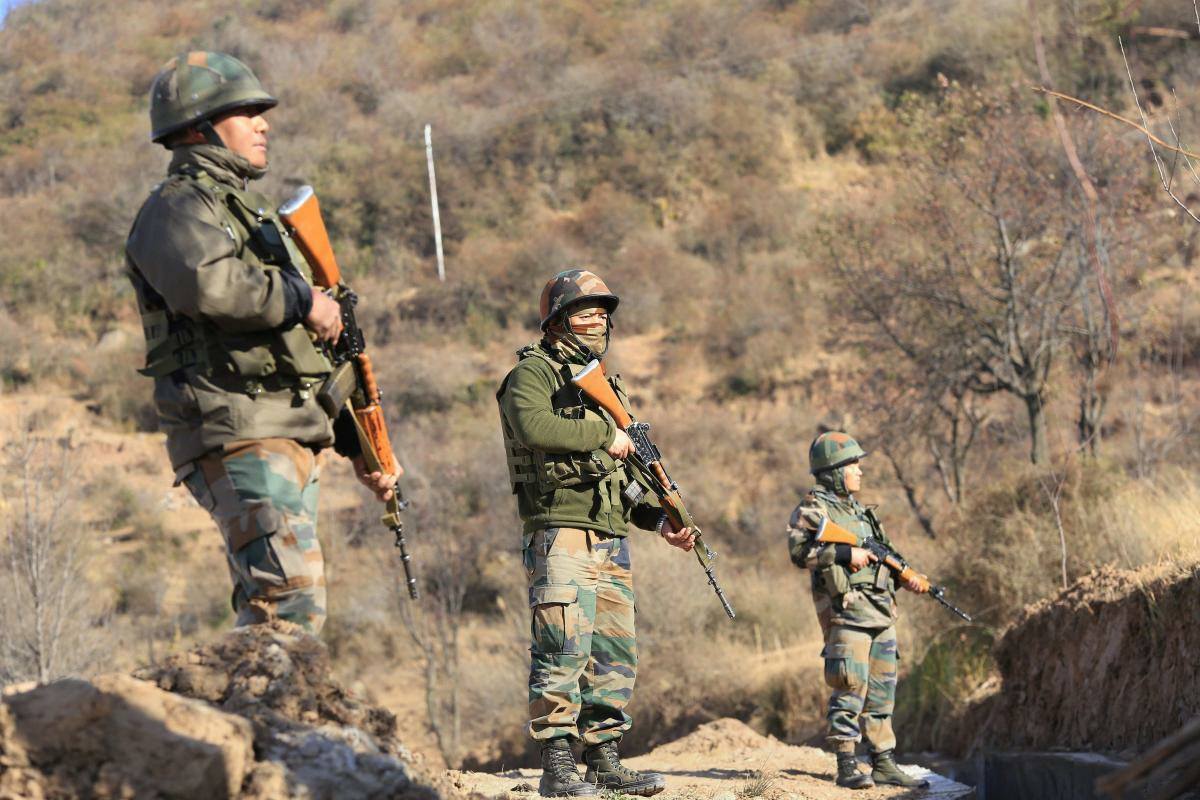
Basically every single piece of equipment is outdated by decades. Forget comparing with others - at least compare with ourselves! This are Indian troops during the 1999 Kargil War:

Between that ^^ and what we have now - can some informed member please tell me what's the improvement made in past 20 years? Is there much of anything?
I'm sure that some morons won't hesitate to come up with ridiculous economic explanations for why this is the case, but the simple truth which cannot be ignored is that there is a very real and very serious problem of complete and utter PROCUREMENT PARALYSIS, the effects of which are plain to see. Media loves to write and write about the Bofors ghost which prevented the Army from procuring any new 155mm artillery piece for decades. But what about more basic equipment like helmets? What stopped us from procuring those?
@Hellfire @Abingdonboy @randomradio @Milspec @vstol Jockey @Aashish @Ashwin @Shashank @GuardianRED
Not much of an article, but a simple rant. Please move the thread someplace else if you think this isn't appropriate for this section.
The basic things that an average infantry soldier of any other country (or at least those in similar economic conditions as us) would probably take for granted, like reasonably modern helmets for example, are being treated as the holy grail of procurement and it's truly sad to see that we are having to make a huge deal out of procurement of such basic stuff which most of the world had equivalents of some 10-20 years ago.
Where is this procurement paralysis coming from? When did it start? They say a picture speaks a thousand words: let's see how much the following images can convey:
These are troops of the Irish Guards regiment of the British Army, photographed circa 1975 on a deployment in Germany. Back then, like now, Britain was a first-world country and a developed economy with a lean army (not a manpower-bloated force). Note their gear:

Your usual stuff: L1A1 SLR rifle, Sterling SMGs, and helmets typical of the era.
These are Indian troops from the 1971 Bangladesh Liberation War:



What do you see? The same weapons (SLR, Sterling etc. locally manufactured), pretty much same helmets and even same webbing as the British troops of that period.
For additional measure, Australian troops of that time period:

West German (left):

In short, back in the 70s, the gear & equipment of the average Indian infantry soldier was pretty much on a par with that of most first-world countries. Cut to present day.....there is a gap so huge it is unfathomable. This is the British Army of today:

This is the average Indian infantry soldier of today; do not be fooled by some of the fancy gear they sometimes sport in international exercises and/or many of the ad-hoc purchases made at the battalion/regimental level based on individual's or unit's choice:


Basically every single piece of equipment is outdated by decades. Forget comparing with others - at least compare with ourselves! This are Indian troops during the 1999 Kargil War:

Between that ^^ and what we have now - can some informed member please tell me what's the improvement made in past 20 years? Is there much of anything?
I'm sure that some morons won't hesitate to come up with ridiculous economic explanations for why this is the case, but the simple truth which cannot be ignored is that there is a very real and very serious problem of complete and utter PROCUREMENT PARALYSIS, the effects of which are plain to see. Media loves to write and write about the Bofors ghost which prevented the Army from procuring any new 155mm artillery piece for decades. But what about more basic equipment like helmets? What stopped us from procuring those?
@Hellfire @Abingdonboy @randomradio @Milspec @vstol Jockey @Aashish @Ashwin @Shashank @GuardianRED
Not much of an article, but a simple rant. Please move the thread someplace else if you think this isn't appropriate for this section.
Last edited:




